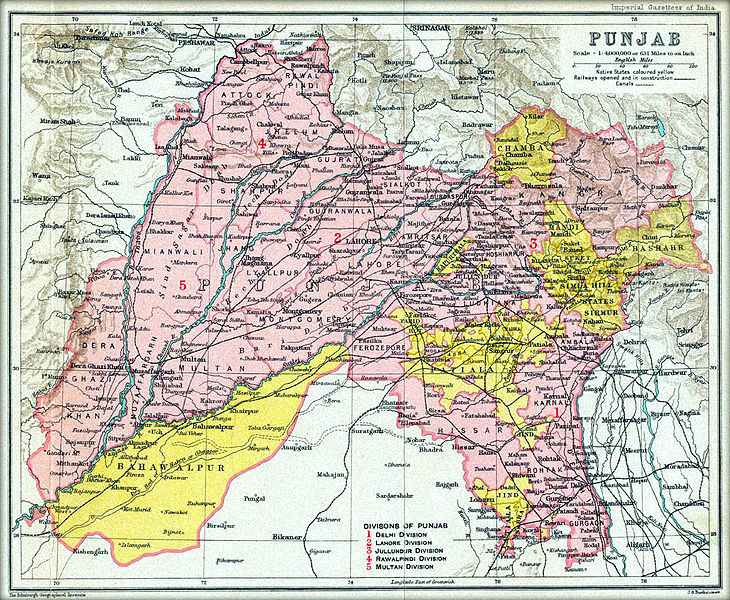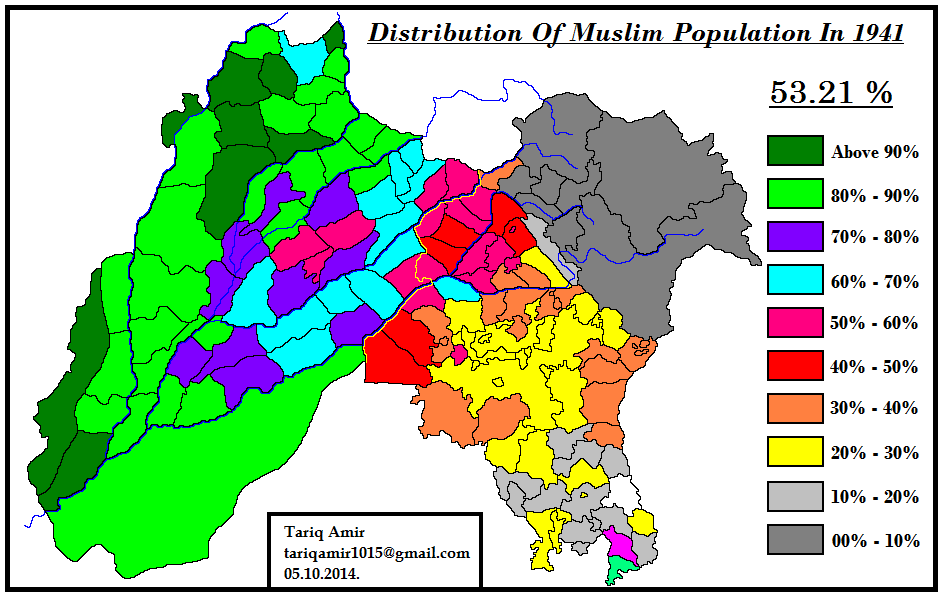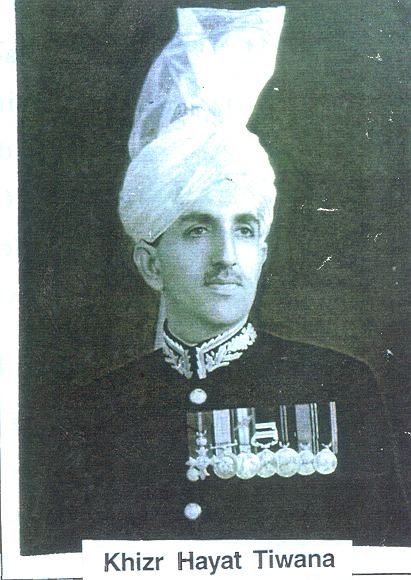Partition of Punjab in 1947 was the subset of partition of India. But it has certain peculiar features. The most obvious was the presence of a third community- Sikhs- which was not the case in any of the province of undivided India.
In the work below we will try to put a spot light on six months before August 47 leading to the tragic partition.
Jalandhar division, (Firozpur, Jalandhar, Hoshiarpur, Kangra, Ludhiana)
Rawalpindi division ( Campbellpur (Now Attock), Rawalpindi, Jhelum, Gujarat, Mianwali, Shahpur)
Muslims 53.2%
Hindus 29.1%
Sikhs 14.9%
Christians 1.4%
Total 175
Muslim league+ 75
Congress 51
Akali Dal 22
Unionist party 20
Independent 7
This declaration was mainly made as a reminder to stakeholders in India to patch up their differences a
March 5: Same sort of clashes were reported next day in Multan, Jalandhar Rawalpindi and some other towns.
(End, Thanks for your interest)









